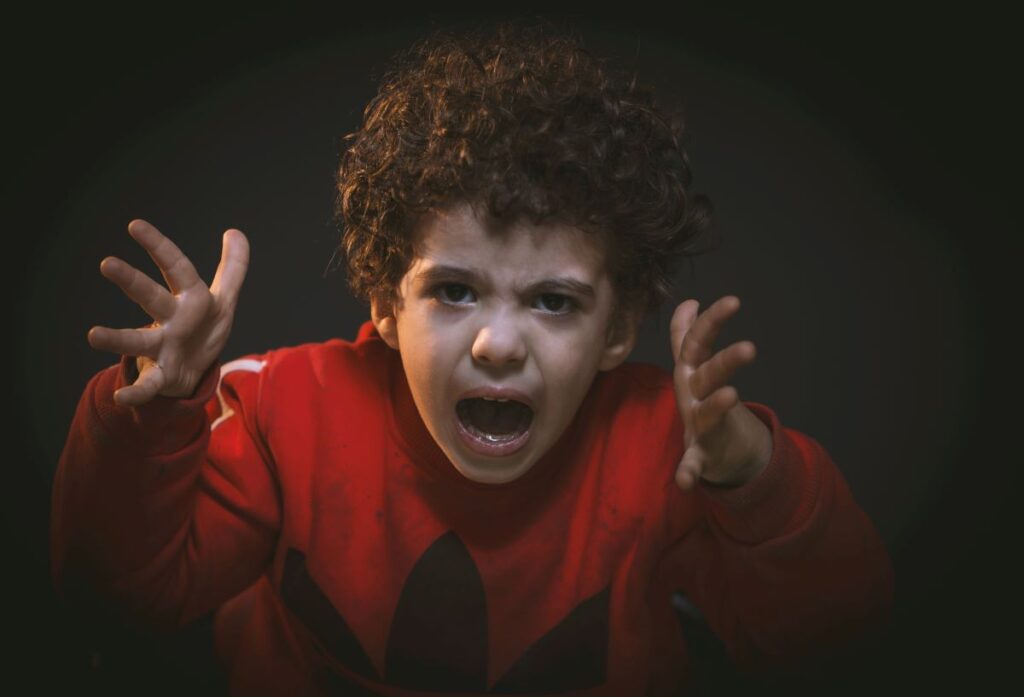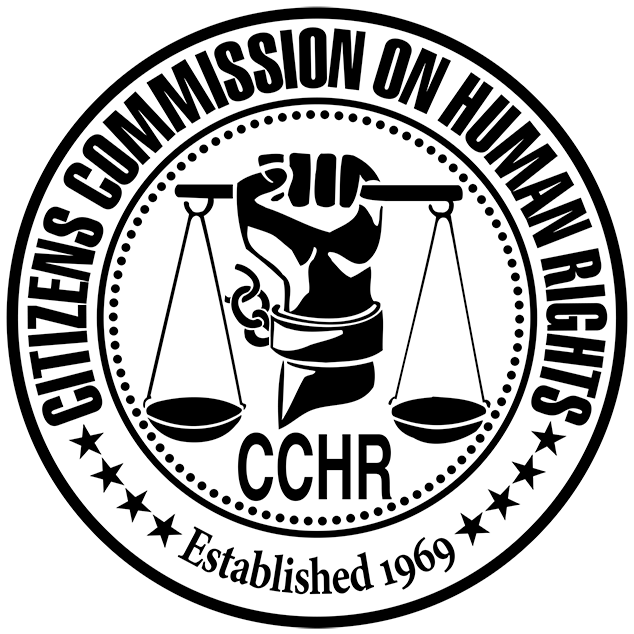Young, male, Black, and economically disadvantaged children were disproportionately restrained with antipsychotic drugs.
The use of antipsychotic drugs to chemically restrain agitated children who are hospitalized for mental health conditions rose 141% in recent years, largely as a result of more pediatric admissions to psychiatric facilities, a new study reports. Young, male, Black, and economically disadvantaged children were disproportionately administered pharmacological restraint. The study did not investigate how many of these children were taking mind-altering psychotropic drugs, whose side effects could have led to their hospitalizations and agitation.
Searching a health records database for pediatric patients aged 5 to 17 years admitted to the medical units of 43 children’s hospitals for mental health conditions from 2016 through 2021, researchers focused on children who were administered any of five antipsychotic drugs intravenously or by injection, presumably for acute agitation. The researchers acknowledged this was a narrow definition of pharmacologic restraint.
They found that one of every 33 mental health hospitalizations of children involved restraint with antipsychotic drugs. Researchers noted that another study using a broader definition of pharmacologic restraint found that one in eight children’s mental health hospitalizations involved sedation with psychotropic drugs.

Overall, the number of days antipsychotics were used to restrain children increased by 141%. Males, Blacks, children aged 5 to 8, children who were economically disadvantaged, and children covered by public insurance were disproportionately subjected to the drugging.
“The observations noted in this data set…are suggestive of racial and socioeconomic disparities within pharmacologic restraint use in the United States,” wrote Benjamin Masserano, MD, of the pediatrics department at University of Texas Southwestern in Dallas, lead author of the study, which was published in Pediatrics.
The number of days of pediatric mental health hospitalizations increased 138% during the period studied, continuing a trend over the past two decades. Researchers cited a previous study which found that the rise in hospitalizations of children for psychiatric conditions was five times greater than the increase in pediatric admissions for any reason between 2005 and 2014.
The observations noted in this data set…are suggestive of racial and socioeconomic disparities within pharmacologic restraint use in the United States.”
— Benjamin Masserano, MD, University of Texas Southwestern, Dallas, Texas
Since psychiatric diagnoses and emergency procedure laws used for hospitalizations rely on subjective assessments, which lack any objective basis or scientific validity, it is far too easy to admit children to psychiatric facilities for mental health treatment. Allen Frances, M.D., professor emeritus of psychiatry at Duke University School of Medicine and chairman of the task force for the 4th edition of the American Psychiatric Association’s Diagnostic and Statistical Manual of Mental Disorders, put it this way: “There are no objective tests in psychiatry – no X-ray, laboratory or exam finding that says definitively that someone does or does not have a mental disorder.”
Once children are too easily admitted, the hospital environment itself might bring on agitation, the researchers observed, which increases the likelihood of restraints.
The researchers, however, did not investigate a link between psychotropic drug use and pharmacological restraint. Some 6.2 million children in the U.S. under the age of 18 are prescribed powerful, mind-altering psychiatric drugs, which carry the risks of serious side effects that include agitation, anxiety, aggression, mania, hallucinations, psychosis, violence and suicidal thoughts and action.

These adverse effects, suffered by children taking the drugs prescribed to them as mental health treatment, can lead to the hospitalizations and agitation that result in chemical restraint. The antipsychotic drugs used to restrain the children also carry these side effects. As the researchers further cautioned, any restraint “can be associated with significant medical and psychiatric complications” and so make children’s mental and physical health conditions worse.
In 2021, the World Health Organization (WHO) issued guidance on ending all coercive mental health treatment, including forced admission to psychiatric facilities, restraints, seclusion, forced drugging, and nonconsensual electroshock. WHO stated that its opposition to nonconsensual mental health treatment extends even to individuals in mental health crisis, who “are at a heightened risk of their human rights being violated, including through forced admissions and treatment…. These practices have been shown to be harmful to people’s mental, emotional and physical health, sometimes leading to death.”
The Citizens Commission on Human Rights (CCHR) has been a global leader in the fight to eliminate coercive and abusive mental health practices and has specifically called for laws to prohibit physical and chemical restraints. CCHR has long pushed for widespread adoption of a Mental Health Declaration of Human Rights, which lays out fundamental human rights in the field of mental health to ensure the right to one’s own mind and the right to be free from forced mental health treatment.
